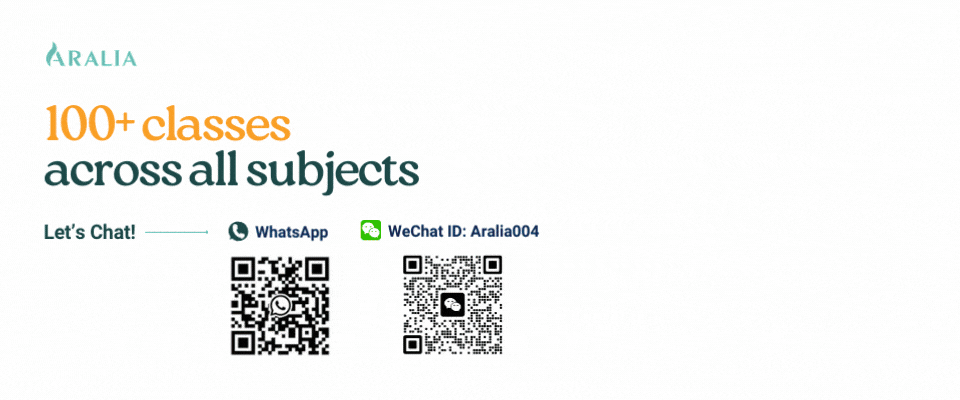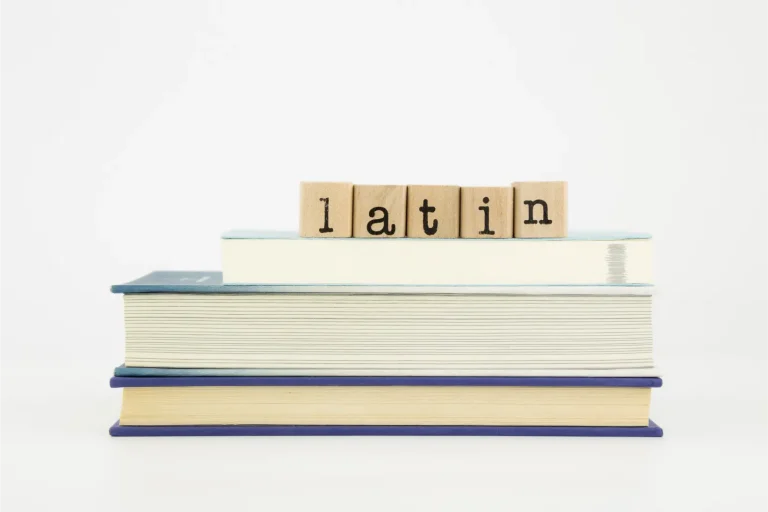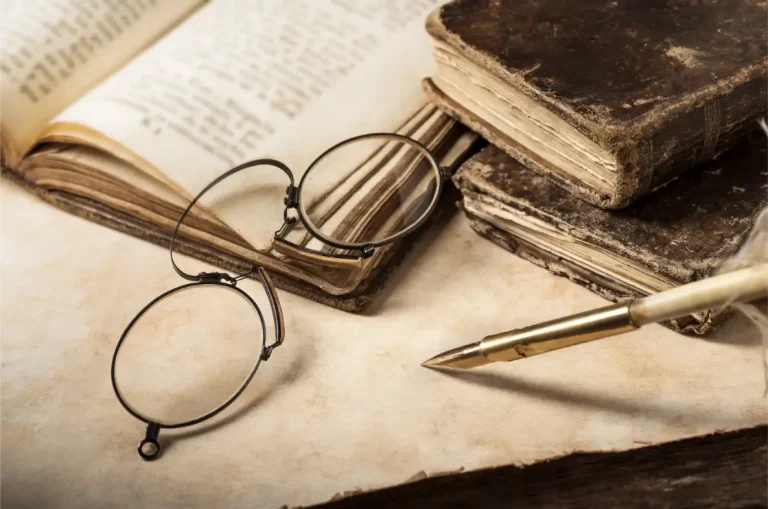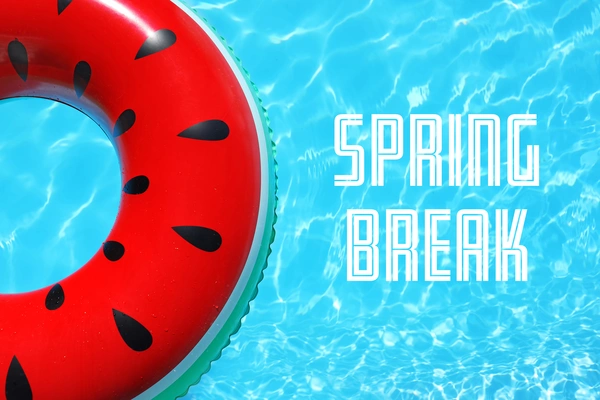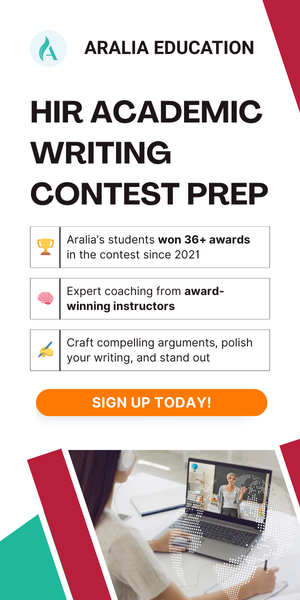Aralia Students Are 4x More Likely to Publish a Research Paper
1. Why do I need to cite correctly?
Don’t lose easy points – By grade 12, English teachers will begin deducting points from your paper over seemingly miniscule details such as citing everything correctly in MLA format and forgetting to include your Last Name next to your page numbers in the top right corner. Even if it’s something your previous English teachers have overlooked for your first three years of high school, you’re expected to know MLA down to a T by your last year of high school. Furthermore, college professors will not explain how to cite in a new style—students are expected to research on their own or ask classmates.
Avoid plagiarism claims – If you cite inaccurately, colleges will implement harsher penalties than high schools. You may not be given a second chance to correct your citations after submission, and it may go straight to the student dean. Your mistake may not be considered benign forgetfulness/carelessness but intentional plagiarism. Hence, it’s vital to thoroughly study all the most popular citation styles.
Add credibility to your thesis. A research paper is only an opinion piece if you don’t cite. Use citations to prove your thesis is backed by research. Show why your conclusion is important: how does your research fit into a niche/gap in the current world of published research?
2. Which citation style do I use?
Citation styles are not only implemented in the bibliography in the last page of your paper; they affect your entire paper’s format, starting from the first line/page of your paper. Which citation style to implement is not a personal choice on your teacher/professor’s part; it’s predetermined by the field of research your paper fits into. This section covers a high-level overview of the main differences between MLA, APA, and Chicago styles. The following sections go into detail on how each of these styles works.
Modern Language Association (MLA)
MLA is typically used in humanities fields, for example in your English class papers. MLA’s main differences include a 4-line header at the beginning, your last name and page numbers on every page, author-page number in-text citations, and “Works Cited” page at the end.
American Psychological Association (APA)
APA is typically used in (social) science fields, for example for your AP Psychology research paper. APA’s main differences include a title page, running head and page numbers on every page, author-publication year in-text citations, “Abstract” page, “Materials & Methods” section, “Results” section, “Discussion” section, and “References” page at the end.
Chicago Manual of Style
Chicago has two types of citation styles: Notes-Bibliography System and the Author-Date System. Chicago style is also occasionally called the Turabian style. The Notes-Bibliography is typically used in fine arts, history, business, and literature fields, for example, when writing an art history paper. On the other hand, the Author-Date system is typically used in social sciences. Chicago’s main differences in the Notes-Bibliography system include a title page, page numbers on every page, superscript numbers and corresponding footnotes or endnotes for in-text citations, and “Bibliography” page at the end. Main differences for Chicago Author Date style include a title page, no footnotes or endnotes, page numbers on every page, and a “References” page.
3. How to cite in MLA style
MLA is the most popular and simple citation style for students and is normally the first one teachers introduce in writing classes. Your MLA paper includes a four-line header, title, body, and a Works/Images Cited page. This blog explains general formatting styling rules, how to write both full and in-text citations, and how to write each section of your MLA paper.
MLA General Formatting: Your MLA research paper should be double-spaced, in Times New Roman, 12pt font size, and have 1 inch margin on all sides. Each page of your MLA research paper should have your Last Name, Page Number in the upper right corner. See the above images.
MLA Full Citations: An MLA citation typically follows the format: Last Name, First Name. “Article Title.” Website/Book Title, Edition, Publisher, Publication Date, URL or pages. Variations depend on the source type (i.e., book, website, etc.) For MLA citation variations, see Purdue Owl. If a citation has more than one line, indent all following lines by 0.5 inches. This is called a hanging indentation.
Campt, Tina. “Listening to Images: An Exercise in Counterintuition.” Listening to Images, Duke University Press, Durham, NC, 2017, pp. viii-11. |
An artwork citation is formatted: Last Name, First Name. Artwork Title. Date, Location.
Friedlander, Lee. New York City. 1966, Tufts University Art Galleries. |
MLA In-text citations: Add an in-text citation at the end of a sentence if you quoted or paraphrased from another author. In-text citations are formatted (Last Name Page Number), and the period should always go after the citation.
Header: Your header sits in the top left corner and lists your name, teacher’s name, class name, and the submission date, each on a different line for 4 lines total.
Title: Write your paper’s title in the next line and center align it.
Body: Begin your paper in the next line. The body of your paper should have an introduction with a thesis, multiple body paragraphs, and a conclusion.
Works Cited: Start a separate page titled Works Cited and list all citations in alphabetical order by last name. If you include artwork in your paper, include a separate Images Cited page before your Works Cited page. Do not label these pages as bibliography or references.
Read an MLA sample paper. Microsoft Word’s MLA template also provides a helpful guide; access this through File > New from Template.
4. How to cite in APA style
An APA paper is just like a science lab experiment report, and serves the same purpose. With an APA style research paper, you’ll mostly be citing published, peer-reviewed papers from respected research journals—not news articles or websites. The APA style is usually first introduced to high school students in an AP class (i.e. AP Psychology) or sometimes not until college. However, it’s good to familiarize yourself with this style ahead of time, especially because the APA style has more components thus can seem complex and overwhelming.
Your APA paper includes a title page, table of contents page, abstract page, introduction, literature review, materials and methods, results, discussion, references page, and a recommended reading list page. This blog explains general formatting styling rules, how to write both full and in-text citations, and how to write each section for your APA paper.
APA General Formatting: Your APA research paper should be double spaced, in legible font (Times New Roman, Calibri, Arial, Georgia), and font sized between 10-12pt. On every page, a running head is in the top left corner, and page numbers are in the top right corner. A running head is a 50-character max shortened version of your title page, written in all caps. See the images below.
APA Full citations: An APA citation follows the format: First Author Last Name, First Initial., Second Author Last Name, First Initial., & Third Author Last Name, First Initial. (Year). Paper Title. Journal, Issue Number, Page Numbers. DOI URL For APA citation variations, see Purdue Owl. If a citation has more than one line, indent all following lines by 0.5 inches. This is called a hanging indentation.
Avinash, T., Dikshant, L., & Seema, S. (2018). Methods of Neuromarketing and Implication of the Frontal Theta Asymmetry induced due to musical stimulus as choice modeling. Procedia Computer Science, 132, 55-67. https://doi.org/10.1016/j.procs.2018.05.059 |
APA In-text citations: Add an in-text citation at the end of a sentence to prove the claim is research-backed. APA In-text citations are formatted (Last Name, Publication Year), and the period should always go after the citation. Variations depend on the number of authors/researchers and if the sentence already mentions their names.
Multiple authors | Two authors | One author |
(Avinash et al., 2018). | (Sparkman & Walton, 2017). | (Feng, 2024). |
APA has five types of headings to clearly categorize different parts of your paper based on importance and specificity. Heading 1s are only used to label Abstract, Paper title (where your introduction starts), References, and Appendix. Other sections listed below should be labeled in Heading 2.
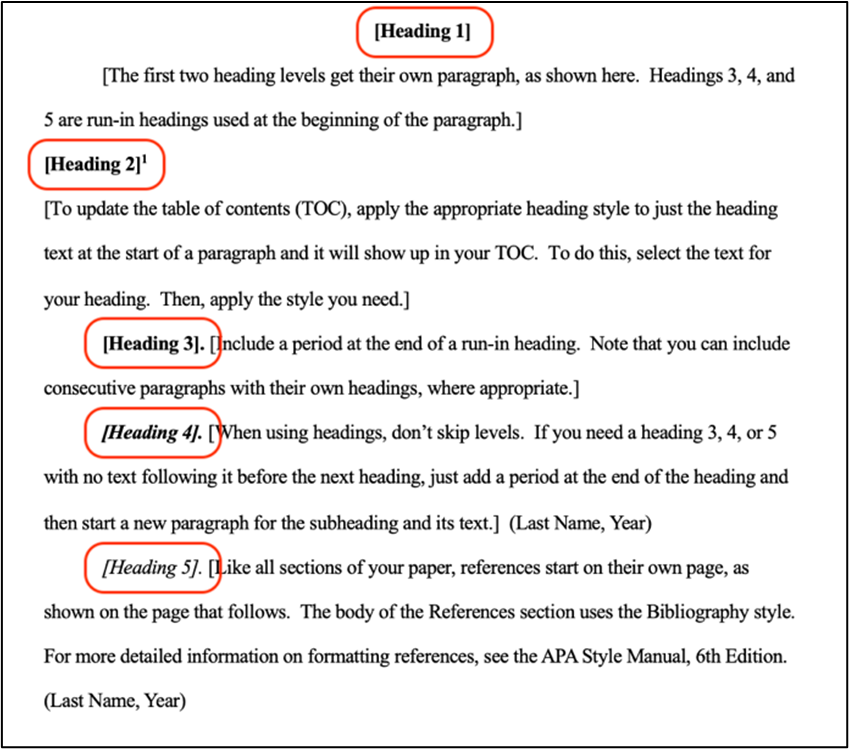
Title Page: Your title page includes a max 12-word long title, your name, and your school name, each on a separate line and all centered halfway down the page.
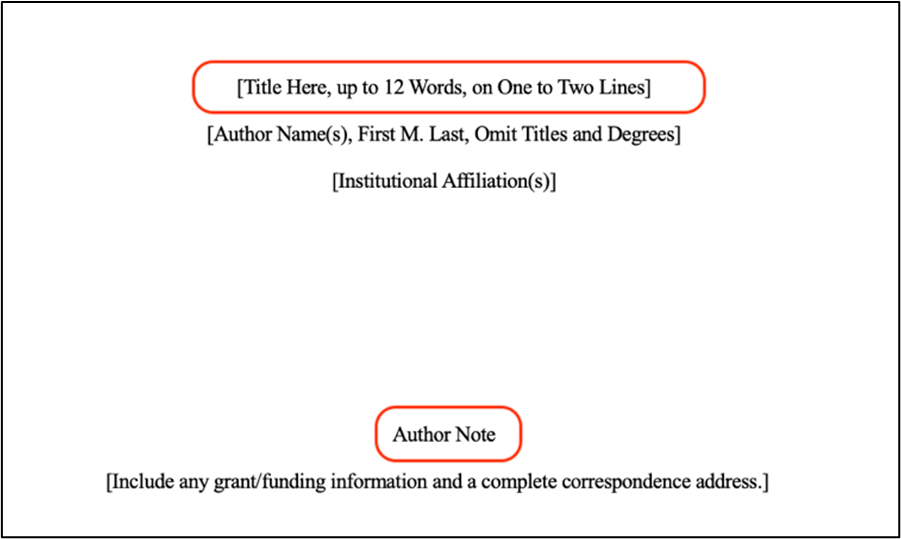
Table of Contents: Start a new page for the (optional) table of contents page. List your abstract, introduction, each heading, references, tables, and figures pages.
Abstract: Start a new page. Your Abstract is a 150-250-word summary of your paper including research question, participant pool description, experiment method, research finding conclusions, future research suggestions, and 3-5 keywords. Tip: write this section last.
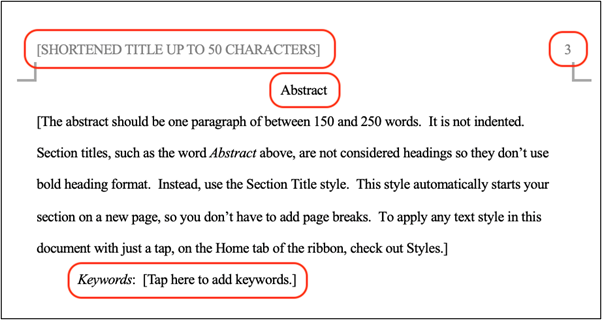
Introduction: Start your paper on a new page. Retype your paper’s title at the top and start your introduction on the next line. Your introduction defines crucial terms, overviews the current state of research on this topic, and states your niche. Tip: write this section second.
Literature Review: On the same page, a literature review describes your background research. In each paragraph, describe the findings, shortcomings, and (in)validity of a relevant published research paper. Tip: write this section first.
Materials and Methods: Include multiple subheadings in your materials and methods section to describe your participant pool, experiment setup, methods (i.e. list survey questions), etc.
Results: Your results section details all your experiment results without drawing conclusions.
Discussion: The discussion section states statistical (in)significance, explains the relevancy and implications of your findings, discusses experiment validity, and suggests future research directions.
References: Start your references on a new page. Do not label this bibliography or works cited. Tip: update this as you write.
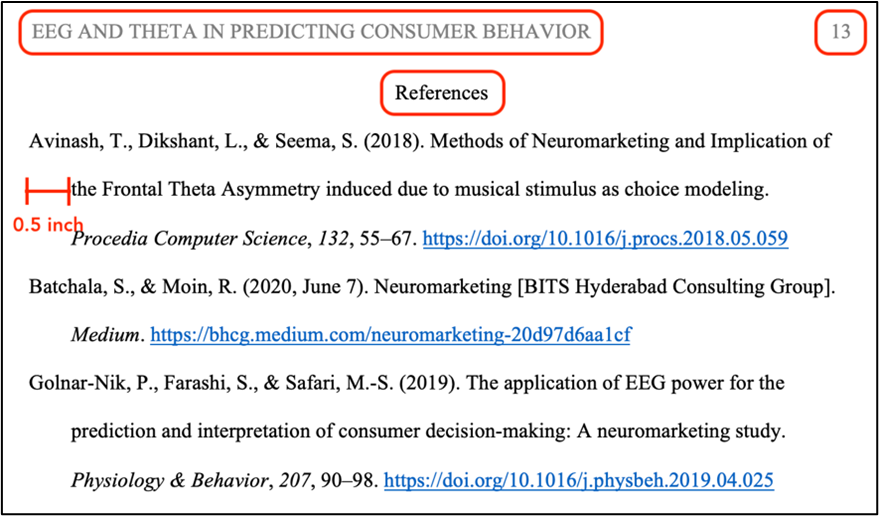
Recommended Reading List: Start a new page. This section includes sources (usually) not referenced in your paper but are slightly relevant to your topic. For each source, write a short citation (just the author’s name and publication year) and a one-sentence description.
Becker, M. W., Alzahabi, R., & Hopwood, C. J. (2012). (See References). First study to find a direct, positive correlation between media multitasking behavior and symptoms of depression and anxiety. |
Figures and Tables: Include figures and tables throughout the body of your paper. Visual figures are good for explaining a mental model in your introduction, and tables are good for visualizing data in results. Number these in the order they appear.
Figure/Table 1 Figure/Table Title [image/table] |
Read an APA sample paper. Microsoft Word’s APA template is also a helpful guide to reference; access this through File > New from Template.
5. How to cite in Chicago style
The Chicago Manual of Style has two styles. First, the Notes and Bibliography (NB) format includes a title page, a body with footnotes or endnotes, and a bibliography page. Second, the Author Date format includes a title page, typically no footnotes or endnotes, and a references page. We’ll cover details of each section and general formatting style rules for both formats.
Chicago General Formatting: Your Chicago paper should have page numbers on the top right corner of every page. Your paper must be double spaced, in legible font (Times New Roman, Cambria), font sized between 10-12pt, and with 1-inch margins.
Title Page: Center your paper’s title halfway down the page. Write your name, class name, and submission date at the center bottom.
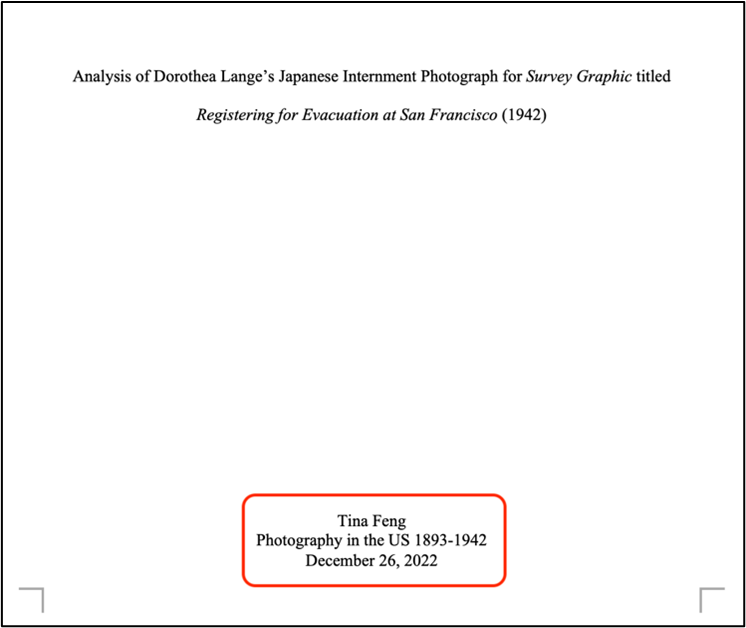
Chicago Notes and Bibliography Format
Footnotes or Endnotes: These are Chicago’s in-text citations. Your instructor chooses either footnotes or endnotes. Footnotes are at the bottom of almost every page and list sources you mentioned on that page. Endnotes are at the end of each chapter and list sources you mentioned in that chapter. Include a number in superscript (after punctuation) to reference a source in the footnotes/endnotes. Footnotes always have a horizontal line above them, separating your writing from the footnotes. Endnotes are on a different page.
Footnotes are formatted differently for the first time you reference a source and for consecutive times. Chicago in-text citations include the superscript number, author’s name not reversed, title, and page numbers. If you reference the same source again in the following footnote, you can shorten the in-text citation to Last Name, Page Number. or Ibid., Page Number. or See note ## above.
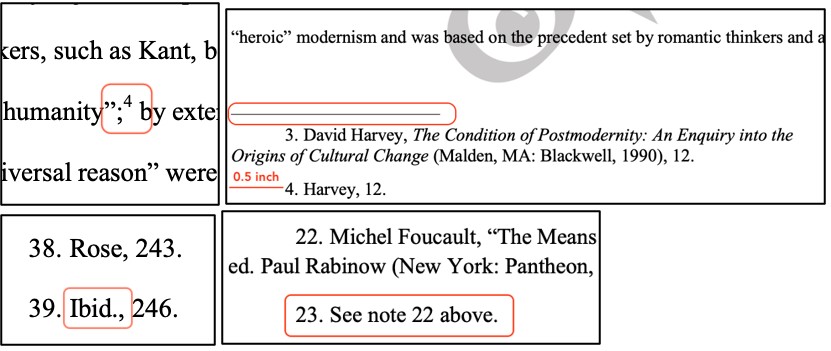
Bibliography: Start a new page labled Bibliography. Do not label this references or works cited. Chicago NB full citations include the Last Name, First Name. “Article Title”/Book Title, Page Numbers. Publisher, Year. See Chicago NB sample citations for variations and read a Notes Bibliography sample paper.

Chicago Author Date Format
In-text Citations: The Author Date style doesn’t use footnotes or endnotes. In-text citations are formatted (Last Name Year, Page Number) or simply (Page Number) if referencing the same source as the previous in-text citation.
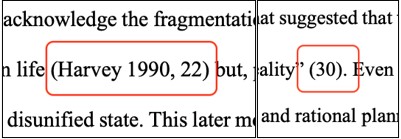
References: Start a new page labeled References. Do not label this bibliography. Chicago Author Date full citations are formatted Last Name, First Name. Year. Source Title. Page Numbers. Publisher. See Chicago Author Date sample citations and read an Author Date sample paper.

Enhance Your Research Skills with Aralia’s Research Scholar Classes
6. Organizing your citations
A common misconception is that students must memorize exact citation formats and know how to write them from memory. Actually, you just need to understand the general gist and be able to differentiate one style from another. There are countless online tools available to auto-generate citations. Even within a citation style, there are countless variations on how to cite depending on the source type (i.e., book, online article, etc.). Hence, it’s best practice to use a citation organizer and generator like Zotero.
Zotero is a computer and iPad app that’s recommended for organizing a large volume of research journal articles. Its helpful Chrome and Safari extensions allow you to save sources directly into your Zotero library from your browser window. Create a library in your Zotero account and save all your sources in one place for easy access to citations and PDFs. Zotero not only generates citations but also automatically retrieves the PDF versions of saved journal articles and allows you to add sticky notes to each source. With Zotero, you can easily generate bibliography and in-text citations in all/any citation styles. Zotero is a commonly used tool in colleges, so it’s good to familiarize yourself with it now.
What Zotero looks like
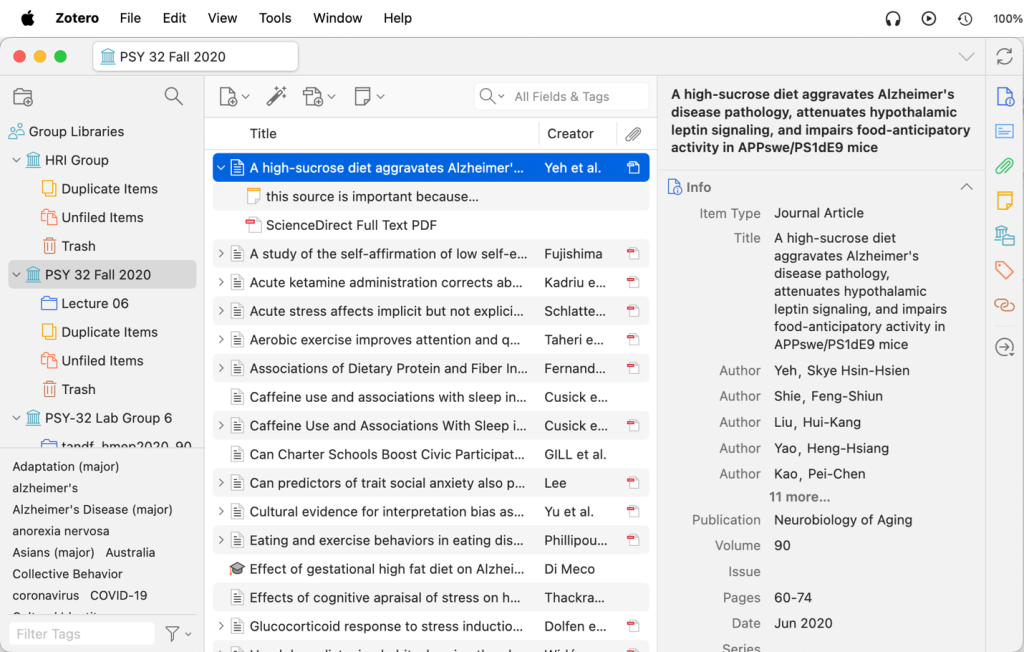
In the left column, I have different group libraries from classes I was in. I have the class PSY 32 Fall 2020 selected here. In the middle, column, I have all the sources (and their PDFs) I’ve saved for use in my research paper. In the selected source, Zotero automatically provides all the source’s citation information (including the abstract) in the right column. I can also add a sticky note to remind myself why this source is important.
How to use Zotero:
1. Download the free Zotero desktop app and install the Chrome/Safari extension. Create an account.
2. Create a new collection folder called the research paper topic or the class this paper is for.
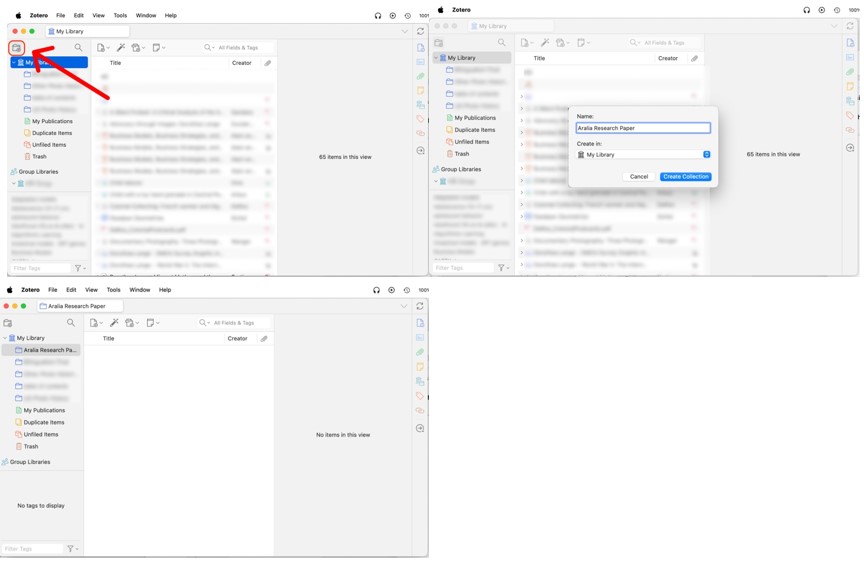
3. Find a useful source through Google Scholar or your school’s library online archive.
4. Click the Zotero icon in your browser to quickly save the source into the collection folder.

5. Once you’ve collected all your sources, select all your sources and right click to create full and in-text citations.
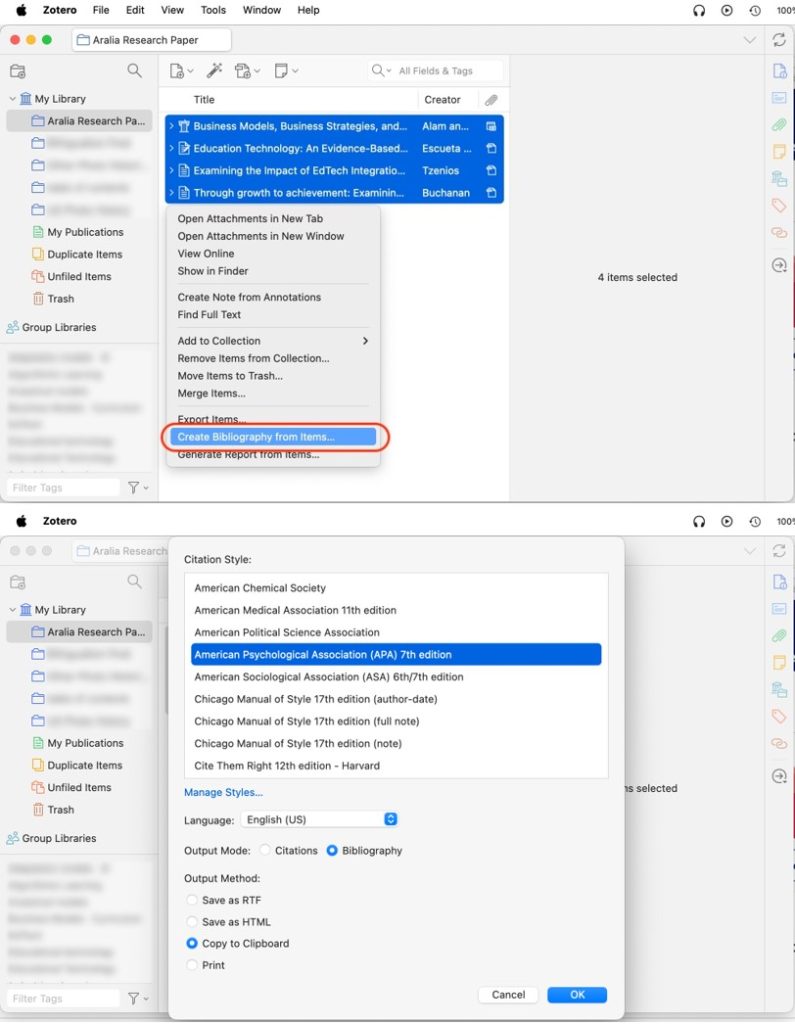
Full citations in a bibliography |
Alam, A., & Mohanty, A. (2022). Business Models, Business Strategies, and Innovations in EdTech Companies: Integration of Learning Analytics and Artificial Intelligence in Higher Education. 2022 IEEE 6th Conference on Information and Communication Technology (CICT), 1–6. https://doi.org/10.1109/CICT56698.2022.9997887 Buchanan, R. (2020). Through growth to achievement: Examining edtech as a solution to Australia’s declining educational achievement. Policy Futures in Education, 18(8), 1026–1043. https://doi.org/10.1177/1478210320910293 Escueta, M., Quan, V., Nickow, A. J., & Oreopoulos, P. (2017). Education Technology: An Evidence-Based Review (Working Paper No. 23744). National Bureau of Economic Research. https://doi.org/10.3386/w23744 Tzenios, N. (2020). Examining the Impact of EdTech Integration on Academic Performance Using Random Forest Regression. ResearchBerg Review of Science and Technology, 3(1), Article 1. |
In-text citations |
(Alam & Mohanty, 2022) (Buchanan, 2020) (Escueta et al., 2017) (Tzenios, 2020) |
Other Tools:
Bibme and Easybib are citation generator websites for research papers that only utilize a few sources. It’s more difficult to use these tools to keep track of your sources as you go, and they also cannot extract as much information about the sources as Zotero can. These tools are mainly handy in the end and are typically full of ads. When you’re in a rush to meet a deadline, being forced to watch video ads to citation generated wastes a lot of time!
Habits
Working on your bibliography is not the last step you do before submitting your research paper. Start saving your sources the second you start researching. Either bookmark the sites in a folder in your browser or, even better, save them into your Zotero folder using the Zotero browser extension. Then once you’re done with your paper, you can delete the sources you didn’t use and bulk export your bibliography in one go from your Zotero library. Starting your bibliography from the beginning of your research process saves time and minimizes confusion. You don’t want to forget where you found a piece of information and waste time searching through your browser history for the source. Or worse, not cite something that later flags your paper for plagiarism.
7. Conduct research with Aralia Education
Aralia Education offers many research classes for high school students, including psychology, history, international relations, business, and economics research. Our teachers provided dedicated, enthusiastic, and experienced mentorship to guide students through research paper projects. Aralia Education aims to build students’ research abilities and help students write outstanding research papers. Joining an Aralia research program is a great way to gain critical skills and prepare for writing research papers for your current high school classes, extracurricular research paper competitions, and of course, college!



